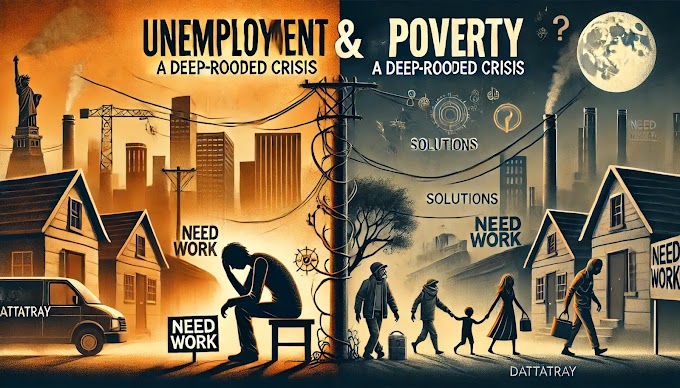Building from the Ashes: A Deep Dive into India's First Five Year Plan (1951-1956)
India's independence in 1947 was a moment of immense joy, but also a time of immense challenges. The scars of partition were fresh, the economy was in shambles, and infrastructure was woefully inadequate. To address these issues and lay the foundation for a prosperous future, India embarked on its first ambitious economic experiment - The First Five Year Plan (FYP).
A Glimpse into History:
The brainchild of Prime Minister Jawaharlal Nehru, the First FYP was launched in 1951 and remained in effect until 1956. Nehru, a strong believer in socialist ideals, envisioned a mixed economy with a strong public sector driving development. The plan was heavily influenced by the Soviet model of centralized economic planning.
Objectives: Building a Self-Reliant Nation
The First FYP had several key objectives aimed at transforming the Indian economy:
- Agricultural Development: This was the cornerstone of the plan. Recognizing agriculture's centrality, the focus was on boosting food production through irrigation projects, land reforms, and providing essential inputs like fertilizers and seeds.
- Laying the Foundation for Industry: The plan emphasized establishing key industries like steel, cement, and power to create a strong industrial base. This focus on heavy industries earned the plan the nickname "The Nehruvian Model."
- Infrastructure Development: Building a robust infrastructure network was crucial for connecting markets and supporting industrial growth. The plan called for investments in dams, canals, roads, and power plants.
- Social Upliftment: The plan also aimed to improve the overall quality of life by allocating resources for education, healthcare, and social welfare programs.
The Roadblocks: Challenges Faced
While ambitious, the First FYP encountered several challenges in its implementation:
- Overemphasis on Heavy Industries: The focus on heavy industries came at the expense of developing lighter consumer goods industries, which could have generated quicker employment and income.
- Bureaucratic Bottlenecks: The centralized planning system faced delays, inefficiencies, and corruption, hindering smooth implementation.
- Rural Development Lag: While agriculture received attention, rural development aspects like credit facilities and marketing infrastructure remained underdeveloped.
A Legacy of Progress: The First FYP's Impact
Despite its limitations, the First FYP played a pivotal role in shaping India's economic landscape:
- Increased Agricultural Production: Investments in irrigation and improved practices led to a rise in food grain production, although self-sufficiency wasn't fully achieved.
- Birth of an Industrial Base: The plan established several PSUs in core sectors, laying the groundwork for India's future industrial development.
- Improved Infrastructure: Construction of dams, canals, and power plants improved connectivity and laid the base for future industrial expansion.
- Focus on Social Development: The plan initiated investments in education, healthcare, and social welfare programs.
The First FYP: A Stepping Stone to the Future
The First FYP was a stepping stone on India's path to becoming a major economic power. It laid the groundwork for future industrial growth, fostered self-reliance, and initiated the process of infrastructure development. The lessons learned from this plan informed subsequent FYPs, shaping India's economic trajectory for decades to come.
Other Important Points :
1. The Planning Commission: Explain the role of the Planning Commission, established in 1950, in formulating and overseeing the implementation of the FYPs.
2. Mixed Economy Model: Elaborate on the concept of a mixed economy model, where the government plays a significant role alongside the private sector. Discuss how this model was reflected in the First FYP.
3. The Harrod-Domar Model: Briefly explain the Harrod-Domar model, which the First FYP relied on, and its emphasis on saving and investment for economic growth. You can mention any limitations of this model as well.
4. Community Development Programs: While the main focus of the First FYP was on infrastructure and industry, you could mention the inclusion of some community development programs aimed at improving rural life.
5. The Role of Foreign Aid: Discuss the role of foreign aid, particularly from the United States and the Soviet Union, in financing some of the projects undertaken during the First FYP.
6. The Second Five Year Plan: Briefly mention how the First FYP's achievements and shortcomings influenced the goals and strategies of the Second FYP.
. . .
Thanks for reading :) ✌








.png)

.png)

.gif)
.png)
0 Comments